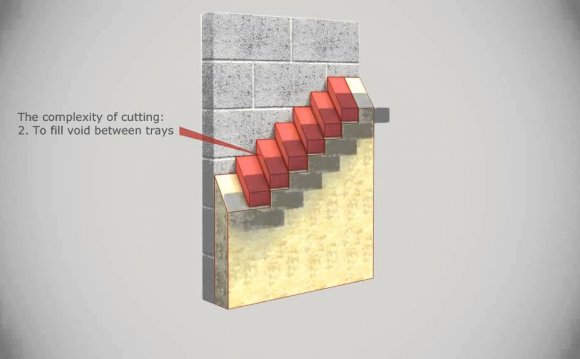
Generally a membrane of 300 micrometre (1200 gauge) polyethylene sheet will be adequate (BRE, 1991). It has been acknowledged that some diffusion will occur through the sheet but is a minor contributor to elevated radon concentrations in indoor air. As most radon entry is through cracks, this diffusion can be ignored. Where there is a risk of puncturing the membrane, reinforced polyethylene sheet should be used.
The radon barrier can be constructed using other materials that match the airtightness and waterproofing properties offered by polyethylene. Alternative materials that can prove suitable include modern flexible sheet roofing materials, prefabricated welded barriers, liquid coatings, self-adhesive bituminous-coated sheet products and asphalt.
Consideration must be given to jointing when selecting the membrane material. Some materials are difficult to seal in adverse weather conditions. It is also important that the radon membrane is not damaged during construction.









